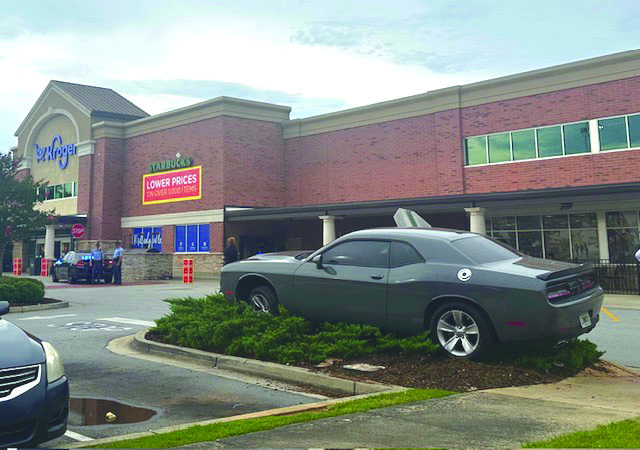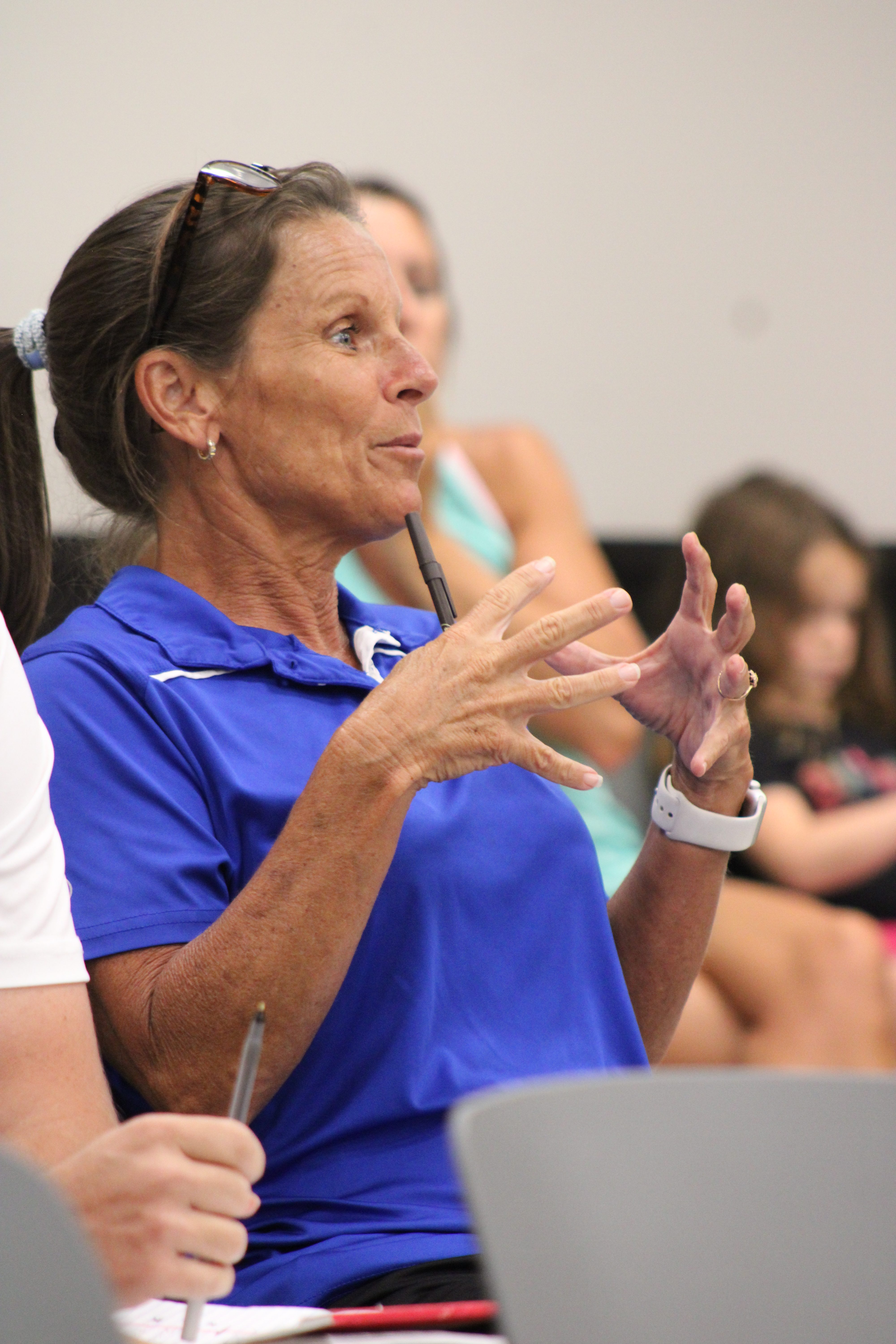OUR SPACE: LEXI goes to space again
Published 7:15 am Wednesday, January 15, 2025

- In this visualization, the LEXI instrument is shown onboard Firefly Aerospace’s Blue Ghost Mission 1, which will deliver several Commercial Lunar Payload Services (CLPS) instruments to the Moon. LEXI is the rectangular tube on top of the lander.
Welcome to the first OUR SPACE column of the new year! We have an absolutely stellar year ahead of us when it comes to space exploration. And if all goes well, we’re going to have the launch of a lunar lander tomorrow!
Mind you, it is January, and the weather can easily provide reasons for a scrub, as can all sorts of mechanical problems, but either way, let’s keep our fingers crossed for the Blue Ghost, the next commercial lunar lander, carrying the LEXI instrument to our natural satellite.
There are a number of commercial landers heading to the Moon as part of the Artemis program, and like the others before it, Blue Ghost will take along several NASA instruments. Blue Ghost was built Firefly Aerospace, and it will launch atop a SpaceX Falcon-9 rocket from Cape Canaveral. This is the current workhorse for orbital missions, launching up to three times a week from one of our spaceports. The mission is called “Ghost Riders in the Sky” – yes, like the old Johnny Cash song, and of course a whimsical wordplay about the lander. It will then literally ride the sky for a while, orbiting Earth for some 25 days before firing its booster again and speeding to the Moon. Once there it will orbit the Moon for 16 days and then go in for a landing, which will happen autonomously. The target area is the Mare Crisium, a large plain that was caused by a massive impact.
Trending
The surface portion of the mission will only last about 2 weeks; the lander was not designed to survive the frigid lunar night. Once the sun no longer charges its solar panels the Blue Ghost has about five hours of battery power left, and then it will, well, give up the ghost for good. However, those 14 days will be extremely productive, with its over one dozen science payloads and technology demos working continuously at full capacity. In fact, we expect to get the first detailed surface photos just minutes after landing. The teams back on Earth will work round the clock to squeeze every last second out of the lander’s life span to extend the science return to the fullest.
One of the “passengers” is a laser retro-reflector which is more of a passive experiment – scientists will aim strong laser beams at it from Earth and measure the time it takes for the photons to return. Every lunar lander carries one of these reflectors as they are wonderfully long-lived: the ones carried to the Moon by the Apollo missions are still being used for distance measurements!
The LEXI instrument is a special case, however: it has flown in space before. LEXI is another clever acronym for Lunar Environment Heliospheric X-ray Imager, and it launched in 2012 on a sounding rocket, took xray measurements, fell back to Earth via parachute and was retrieved. Afterwards it sat in a display case at the Goddard Space Flight Center for many years, but when the call went out for small budget science payloads for a commercial lander the Goddard team pulled the instrument back out, refurbished it, found it to be in great working order and sent it in to be incorporated into the lander.
LEXI will study Earth’s magnetosphere from its unique vantage point on the Moon. When charged particles of the solar wind slam into Earth’s magnetic field they generate low-energy xrays and LEXI will detect those to document the shape of the magnetosphere which fluctuates with space weather and other cosmic events. We will actually be able to see the shape expanding and contracting, like big inhalations and exhalations. With strong solar wind, the shape will shrink, and when there is less it will get bigger again. And unlike satellites in low Earth orbit, LEXI will be able to see the entire magnetosphere due to its distance. The charged particles of the solar wind can cause beautiful auroras, but they can also wreak havoc on satellites and our electrical infrastructure, so ultimately we all benefit from the science, as it will help us protect our assets. Nobody likes an electrical blackout, especially not this time of year!
What a wonderful second career for a scientific instrument that was destined to be a mildly interesting display object! Now it is ready to make a huge discovery and contribute brand new data to its field. And on top of it all, it gets to retire on the Moon! That sure beats a dusty display case, hands down!
Learn more about LEXI at NASA’s Scientific Visualization Studio (SVS) at https://svs.gsfc.nasa.gov/14739, where they have a great collection of links, videos and images of this exciting mission!
Trending
—Beate Czogalla is the Professor of Theater Design in the Department of Theatre and Dance at Georgia College & State University. She has had a lifelong interest in space exploration and has been a Solar System Ambassador for the Jet Propulsion Laboratory/ NASA for many years. She can be reached at our_space2@yahoo.com





